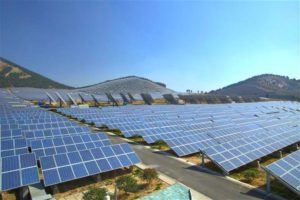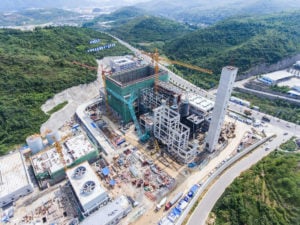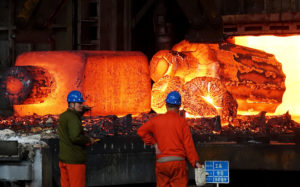A strategically important sector for economic and social development, electricity transmission and distribution in Latin America has been revolutionised by the arrival of Chinese state-owned conglomerates State Grid and Three Gorges in Chile and Peru and by their ongoing expansion in Brazil.
Their presence in the region is evidence of the continued internationalisation of Chinese companies under the ‘Go Global’ policy. This focuses on key industries in which China has a productive surplus, forcing it to seek new markets to locate stocks.
Within this framework, China gained a foothold in electricity transmission and distribution in Latin America, prioritising the acquisitions of operating companies through direct investment over starting projects from scratch, allowing for immediate cash flows.
Political agreements have laid the groundwork for Three Gorges and State Grid to enter Brazil, Chile and Peru. China and Brazil are members of the BRICS and the G-20 and since 2004 have participated in the Chinese-Brazilian High-Level Concertation and Cooperation Commission to coordinate bilateral initiatives.
Both Chile and Peru have signed Free Trade Agreements (FTA) with China and have officially committed to participate in the Belt and Road Initiative by signing memoranda of understanding under its banner. China is also the number one trade partner of all three countries.
In Brazil, State Grid has acquired various companies, mostly Spanish, since 2010, and won tenders for transmission lines totalling 15,761 km by the end of 2019. For the company, which controls almost 90% of China’s electricity transmission, Brazil is of central importance due to the numerous opportunities it presents for the sale of Chinese equipment and technology.
If fact, 60% of State Grid’s investment outside China is in Brazil, with a value of US$12.4 billion. Those investments secured State Grid’s control of 10% of the Brazil’s high voltage networks and 14% of distribution overall.
For its part, Three Gorges has assets in Ecuador, Bolivia, Chile and Brazil, where it operates or jointly operates 17 hydroelectric plants and 11 wind farms. In April 2020, it purchased US-based Sempra Energy’s assets in Peru for US $3,6 billion, and in doing so acquired 83.6% of Luz del Sur, which distributes electricity to more than one million customers, as well as being a builder and generator.
In June, Sempra Energy finalised its exit from South America on selling distributor Chilquinta Energía to State Grid. Chilquinta brought electricity to more than 2 million customers in Chile’s Valparaíso region, the third largest in the country. The US$2.2 million acquisition also included 100% of a construction and electrical infrastructure company and 50% of a transmission operator.
The replacement of US capital by Chinese companies indicates the latter’s willingness to pay for energy assets at levels no other competitor has proven prepared to pay – especially in countries prone to political and economic instability.
The long-term strategy of Chinese state-owned companies, with its strategic geopolitical component, finds more opportunities in the sector than the purely commercial approach of privately-owned western companies. The backdrop of the trade war between China and the US has only intensified this tendency.




![Residents of Thakurbari place sand-filled bags on the Koshi riverbank in an effort to save the riverbank and their homes from floodwaters [Image by: Birat Anupam]](https://dialogue.earth/content/uploads/2020/08/Nepal_Floods_2020_Koshi_1-300x199.jpg)


![Kaavan at the Marghazar Zoo in November 2019 [Image by: Muhammad bin Naveed]](https://dialogue.earth/content/uploads/2020/08/Kaavan_by_Muhammad_Bin_Naveed._Photo_taken_Nov_30_2019-300x169.jpg)
